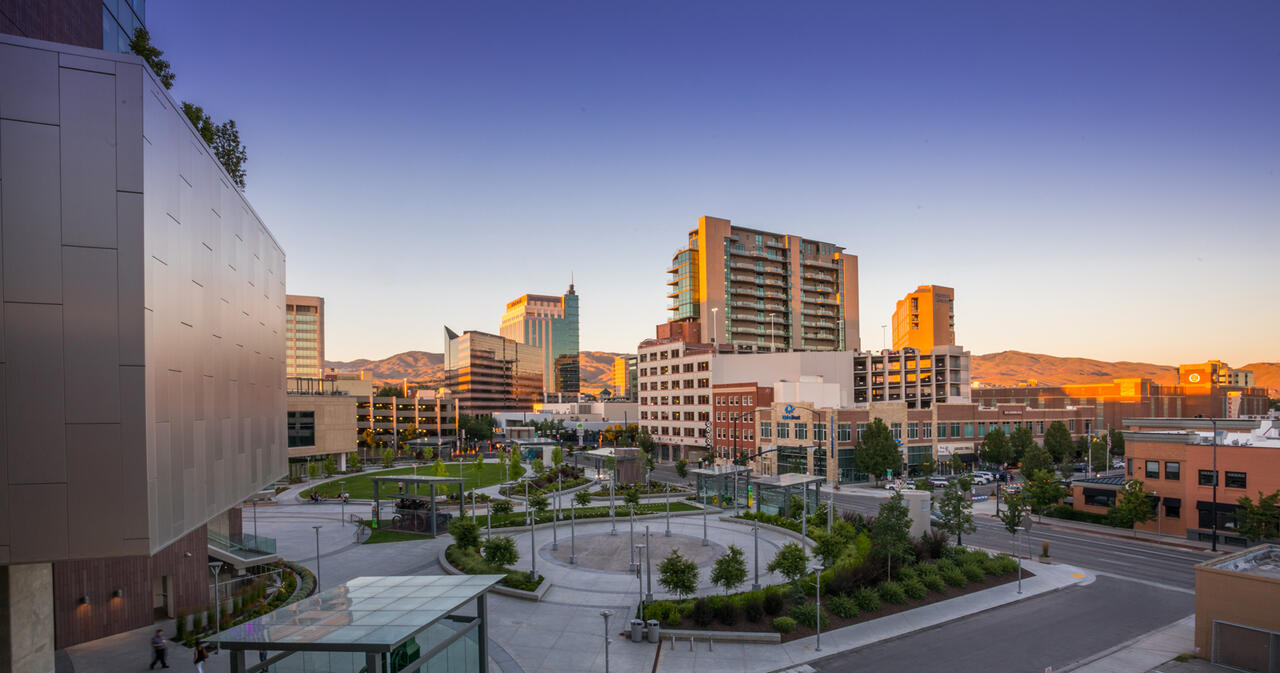
This article covers general information about common commercial property types, but it is not a comprehensive list. Note that individual property uses are subject to other guidelines as described by city or county zoning entities.
Leasing space for a business can be a complicated process. There are several variables to consider, including location and cost. Below are general guidelines for how the leasing process works and what you should expect as a business owner. However, keep in mind that the leasing process can be unique for each situation. Therefore, these steps may vary depending on a variety of factors.
Industrial Properties
Industrial properties are used for manufacturing, warehousing or distribution. They are most typically broken down into Warehouse space (whse) and Office (off) space.
Here are the definitions of industrial property subtypes:
Flex: A building that can be used as Industrial space (generally as light manufacturing or incubator space) or as Office Space. Typically only grade level doors are available and clear heights are approximately 10’ - 14’.
Manufacturing: This type of building is used to manufacture a product. They typically have clear heights in the range of 13’ - 18’. They may or may not have dock high doors but usually have grade level doors.
Incubator: This type of building is the smallest of the group and is typically used by startup industrial companies. They typically have grade level doors but no dock high doors and clear heights are 10’ - 12’.
Warehouse/Distribution: These buildings are the largest of the group and are used for warehousing and distributing products. Clear heights range from 20’ - 24’. The building usually has docks doors, grade level doors, and maybe rail-served which means they have access to railways.
Cross Dock: Buildings are used as a distribution transfer center and are characterized by a long narrow building with several dock high doors. Several trucks will line the building as packages are transferred to and from each truck.
Office Properties
Office buildings are used for business operations like accounting, insurance, services, etc. They are further categorized by quality and size.
Class A: The highest quality building in the market. It is either new construction or well-located in a central business district or both. They draw the highest rent.
Class B: Class B office buildings are generally older than Class A buildings provide fewer amenities which lowers the range of asking rents.
Class C: The lowest quality building in the market and lowest range of asking rents. These buildings are several years old and maybe in need of improvements.
High Rise: High rise office buildings are those with 5 stories or more. High-rises are only found in Downtown Boise.
Mid Rise: Mid-rise office buildings have 3 - 4 stories and are the most common in the marketplace. Low Rise: Low rise buildings have 1 - 2 stories.
Retail Properties
Retail properties are defined as shops that sell goods.
Enclosed Mall: The shops are located inside the building and accessed through the building’s interior courtyards and hallways.
Multi-Tenant Anchored (MT Anchored): These centers have several different shops or tenants and are anchored by one large, national tenant, such as a grocery store.
Multi-Tenant UnAnchored (MT UnAnchored): These centers have several shops and no anchor.
Single Tenant: Single-tenant buildings are small, single-tenant shops like gas stations or stand-alone restaurants.
Single Tenant Big Box: These shops are large, single-tenant buildings and generally house large national retailers like a Wal-Mart or Fred Meyer
